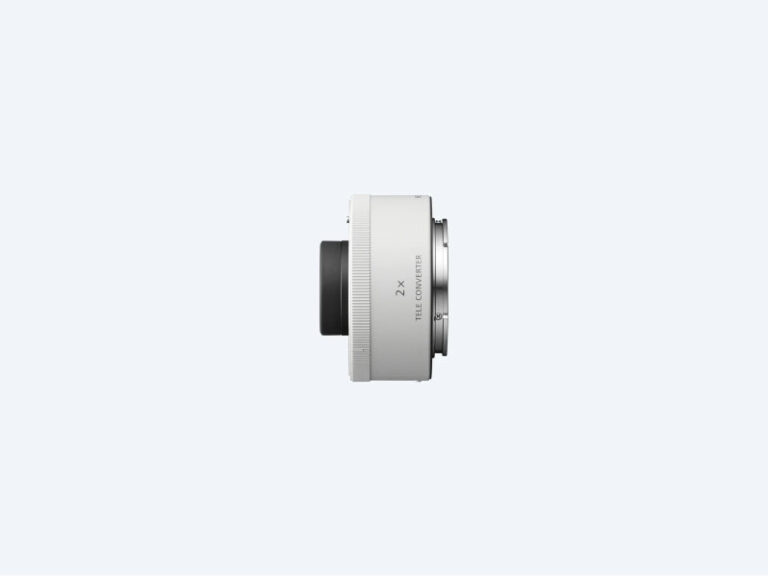The heliotrope flower, also known as Heliotropium Amplexicaule, is a fragrant plant with clusters of small, blue/purple flowers. Bees are often attracted to heliotrope flowers because of their sweet scent and the nectar they produce. Down by the river at Coorongooba Campground in the Wollomi National Park just outside of Lithgow in NSW, there is an abundance of this flower, and Bees who pollinate them.
Rockpool Landscapes
I have been on many beaches in my time, but never have I seen such lush green vegetation in rockpools. The beaches



